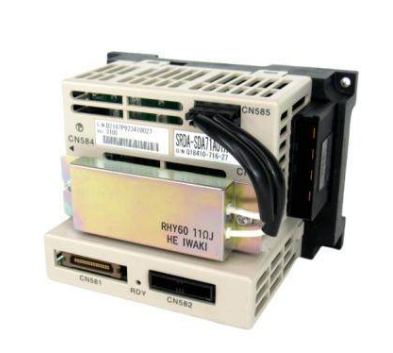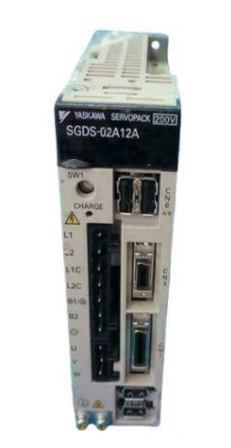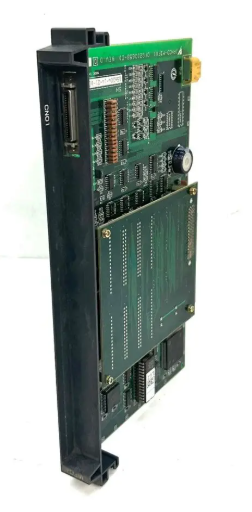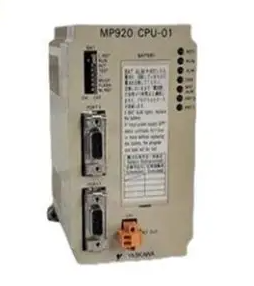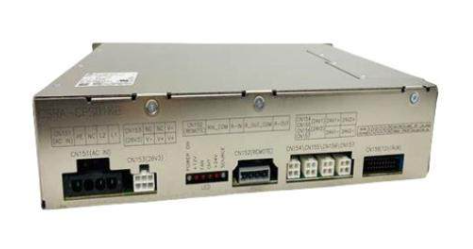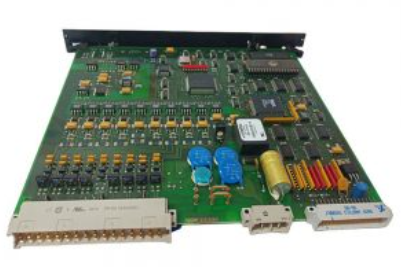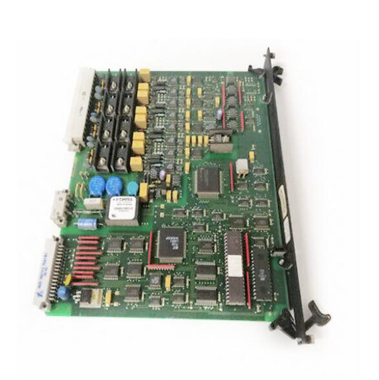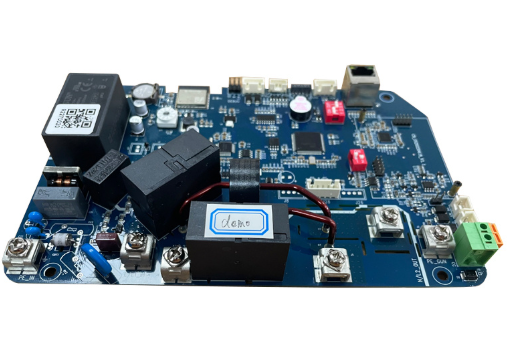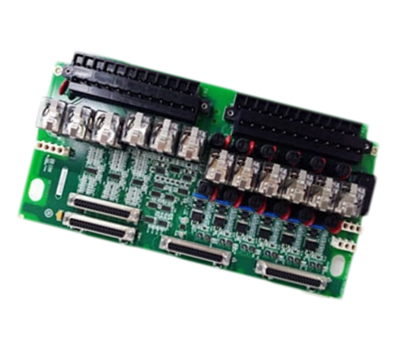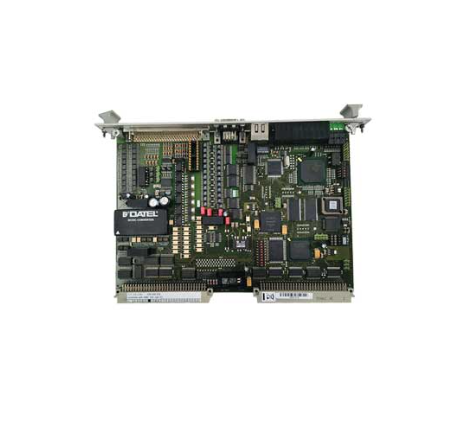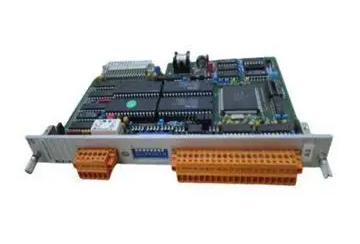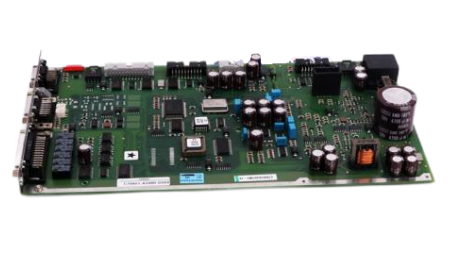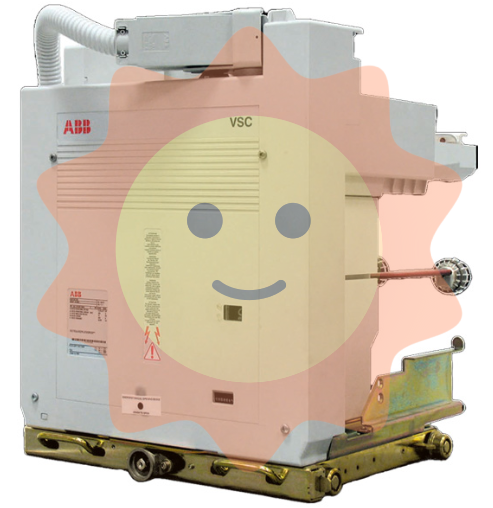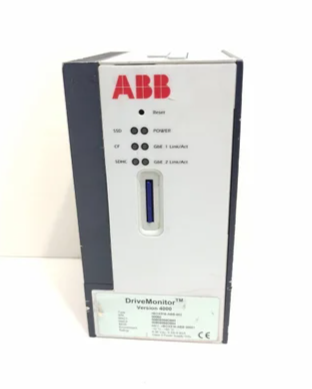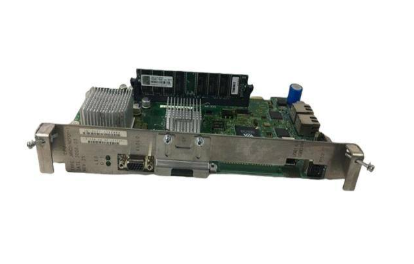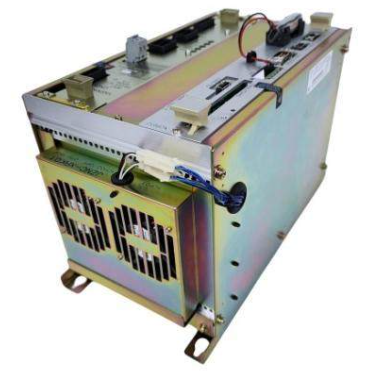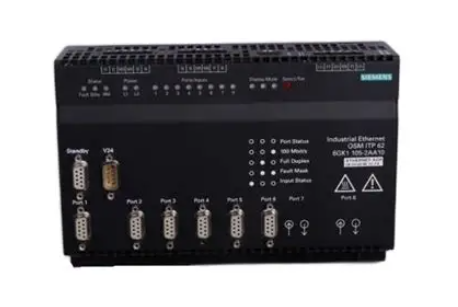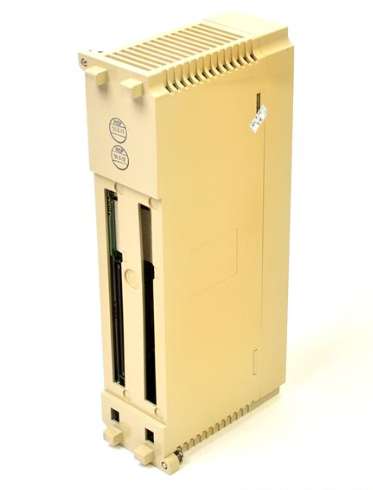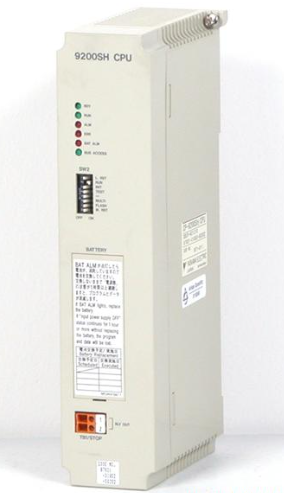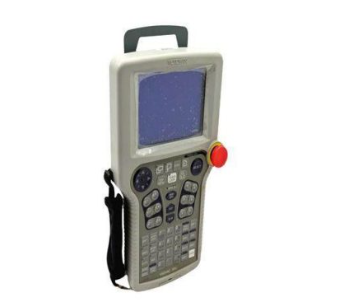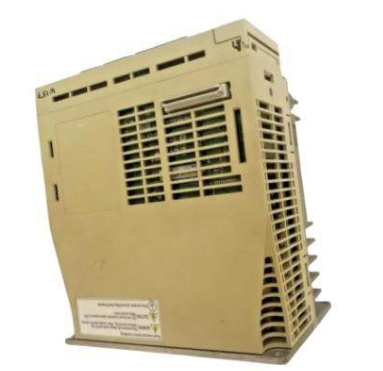AB 1746, 1747SLC500 Control System Selection Guide
AB 1746, 1747SLC500 Control System Selection Guide
SLC 500 control system overview: SLC 500 is designed for harsh environments in industrial sites, with a variety of communication network interfaces, such as DH+, DH-485, ControlNet, DeviceNet, etc., which can be flexibly selected and configured to the communication network, function modules and storage capacity, and RSLogix 500 software, which enables efficient development of the control system.
System Components
I/O modules: A wide range of I/O modules, including digital input/output, analogue input/output, temperature control, motion control, etc., which can meet the needs of different industrial scenarios. Each module has different voltage levels, number of channels and electrical characteristics, and some of them also have diagnostic functions and electronic protection devices.
Communication modules and networks: A variety of communication networks are provided, such as EtherNet/IP for data interaction between the workshop site and enterprise information system, ControlNet for real-time control and data transmission, and DeviceNet for connecting industrial equipment. Different networks have their own characteristics, applicable scenarios and communication rates, so users can choose the appropriate communication module and network architecture according to their needs.
Controllers: There are various models such as SLC 5/01 - SLC 5/05 with different storage capacity, processing speed and communication capability. Users should choose the appropriate model according to the system requirements, and at the same time can be combined with storage modules, adapter sockets, batteries and other accessories to enhance the system functions and stability.
Frame and power supply: The frame has various specifications such as 1746-A4, 1746-A7, etc., which need to be matched with corresponding power supply module. Power supply module selection should consider the load capacity, to avoid overload damage, and at the same time to allow for future system expansion.
System Selection Steps: Firstly, determine the number and type of I/O points, select the appropriate I/O module and plan the slot; then evaluate the communication requirements and select the communication network and module; then select the controller according to the number of I/O points, processing speed and storage requirements; then select the frame, power supply module and accessories; finally, select the programming software, such as RSLogix 500, and other software packages according to the needs.
Programming software: RSLogix 500 is a powerful software package with flexible editing, powerful database editing, diagnostics and troubleshooting, and support for many Windows systems. In addition, there is RSLinx for device communication, RSNetWorx for network configuration and RSLogix Emulate 500 for simulation and commissioning.
Features and Benefits
Convenient and efficient editing functions: With flexible and easy-to-use editing functions, users don't need to worry about grammatical correctness when creating application projects. The project validation tool lists all errors and guides you through the process of correcting them, making it easy to use. Powerful online editing features allow you to make changes to the application while the process is running. Test editing allows you to test changes before they become permanent, reducing the risk of errors. The number of processes for online and offline editing is limited only by the total amount of memory available on the system, providing the user with great flexibility. Drag-and-drop editing allows you to quickly move and copy commands between rungs of the same project. It is also possible to move a rung from one subroutine to another or to an application project, and elements in a data table can be moved from one data table to another, significantly improving programming efficiency.
Powerful database management: Equipped with a powerful database editor, which includes a symbol grouping editor to create and categorise symbols in groups. This makes it easier for users to select and use symbols in multiple project files and improves work efficiency. Through the symbol selection table, users only need to click on the desired symbol to add the corresponding address or symbol to the ladder instruction, which simplifies the programming operation process. Supporting CSV format files, it is convenient to interact and share data with other software, which further enhances the flexibility of data management.
Outstanding diagnostic and troubleshooting capabilities: Advanced diagnostic functions enable you to quickly determine the location of malfunctions in your application. The interactive diagnostic function allows simultaneous observation of the interaction of diagnostic output commands, helping users to gain an in-depth understanding of the system's operating status and quickly identify the causes of faults. All status bits, timers, counters, inputs and outputs can be monitored simultaneously in the user-defined data monitoring window. Each application can create its own user-defined data monitoring window, allowing you to monitor the system in real time and identify potential problems. With the application-specific status bits, you can conveniently view the execution status of the program, including scanning cycles, maths registers, interrupt settings, etc., which helps you to get a full picture of the system operation status and optimise the performance of the program.
- EMERSON
- Honeywell
- CTI
- Rolls-Royce
- General Electric
- Woodward
- Yaskawa
- xYCOM
- Motorola
- Siemens
- Rockwell
- ABB
- B&R
- HIMA
- Construction site
- electricity
- Automobile market
- PLC
- DCS
- Motor drivers
- VSD
- Implications
- cement
- CO2
- CEM
- methane
- Artificial intelligence
- Titanic
- Solar energy
- Hydrogen fuel cell
- Hydrogen and fuel cells
- Hydrogen and oxygen fuel cells
- tyre
- Chemical fiber
- dynamo
- corpuscle
- Pulp and paper
- printing
- fossil
- FANUC
- Food and beverage
- Life science
- Sewage treatment
- Personal care
- electricity
- boats
- infrastructure
- Automobile industry
- metallurgy
- Nuclear power generation
- Geothermal power generation
- Water and wastewater
- Infrastructure construction
- Mine hazard
- steel
- papermaking
- Natural gas industry
- Infrastructure construction
- Power and energy
- Rubber and plastic
- Renewable energy
- pharmacy
- mining
- Plastic industry
- Schneider
- Kongsberg
- NI
- Wind energy
- International petroleum
- International new energy network
- gas
- WATLOW
- ProSoft
- SEW
- wind
- ADVANCED
- Reliance
- YOKOGAWA
- TRICONEX
- FOXBORO
- METSO
- MAN
- Advantest
- ADVANCED
- ALSTOM
- Control Wave
- AB
- AMAT
- STUDER
- KONGSBERG
- MOTOROLA
- DANAHER MOTION
- Bently
- Galil
- EATON
- MOLEX
- Triconex
- DEIF
- B&W
- ZYGO
- Aerotech
- DANFOSS
- KOLLMORGEN
- Beijer
- Endress+Hauser
- MOOG
- KB
- Moxa
- Rexroth
- YAMAHA
- Johnson
- Westinghouse
- WAGO
- TOSHIBA
- TEKTRONIX
- BENDER
- BMCM
- SMC


Email:wang@kongjiangauto.com

